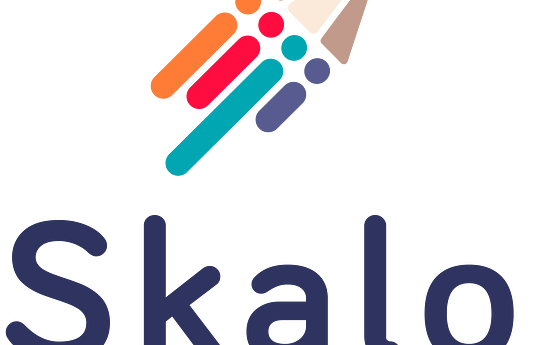This model of assessment was built by teachers collaborating together to address many of the challenges they encountered when trying to implement current assessment practices in the classroom.
Since its development and implementation it in, primarily math and science classes, it has been adopted in language arts and humanities and continues to be adopted by an increasing number of teachers and schools.
The model has been published in the following
Ryan, C (2018). Two Teachers Journey, One Teacher’s Tale: An Autoethnographic Narrative of Creating an Assessment and Evaluation System Using a Learning Community Framework (Masters Thesis). University of New Brunswick, Fredericton, NB.
Dealy, D., Ryan, C., Fowler, P., and Flinn, M. (2017). Hosting the Saxby Gale at Riverview High: Using Disaster Day to Teach Universal Design, Increase Student Engagement, and So Much More. In Sherman, A. (Ed.), Universal Design for Learning Action Research, New Brunswick Department of Education and Early Childhood Development: Fredericton, NB. January 2017.
Fogarty, I., & Ryan, C. (2017). Bringing Assessment Research to Practice Using an Essentials Model. In J. Cummings, & M. Blatherwick (Eds.), Creative Dimensions of Teaching and Learning in the 21st Century. Boston. Sense Publishers.
Ryan, C. (2016). Filling an Assessment Literature Gap: A Systemic Example of Formative Assessment in a High School Physics Course. In Proceedings of Global Learn 2016 (pp. 52-64). Association for the Advancement of Computing in Education (AACE).
Ryan, C. (January 01, 2014). Changing the philosophy of education with an education in philosophy. Antistasis, 4, 2, 38-42.


